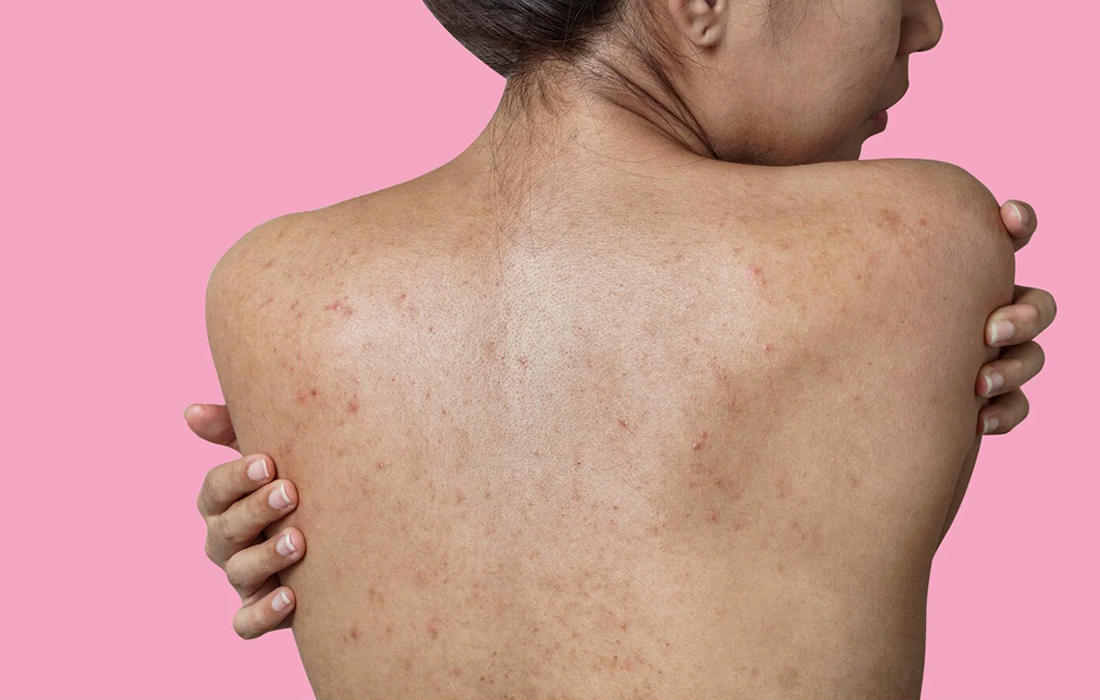Anti-Aging
Natural Antimicrobial Produce by Fatty Cells Helps to Treat Acne (SKIN CARE)
Acne vulgaris is characterized by noninflammatory, open or closed comedones and by inflammatory papules, pustules, and nodules. Acne vulgaris typically affects the areas of skin with the densest population of sebaceous follicles; these areas include the face, the upper part of the chest, and the back.
Acne vulgaris is the most common skin disease in the United States; it affects an estimated 80% of Americans at some time during their lives. Twenty percent have severe acne, which can result in permanent physical and mental scarring.
Currently, retinoid treatment focuses on controlling the development of lipids in skin cells. One major side effect of these drugs are their teratogenic effects, causing fetal abnormalities in pregnant people. This limits the use of these drugs to only severe cases.
Researchers have discovered a specific antimicrobial skin cell and the role it plays in acne development
Previously, it was thought that hair follicles were most important for acne to develop. In this study, we looked at the cells outside of the hair follicle and found they had a major effect on controlling bacteria and the development of acne.
The cells are called fibroblasts, common in connective tissues throughout the body. In skin, they produce an antimicrobial peptide called cathelicidin, which plays a key role in acne development. To counter an infection within a hair follicle, the surrounding skin undergoes a process called reactive adipogenesis in which fibroblasts transform into fat cells. Cathelicidin is produced as well to help combat the infection by suppressing bacteria that can cause acne.
To support these findings, researchers studied skin lesions on mice injected with the acne-causing bacteria and observed similar treatment responses in the mice. The results show that cathelicidin being so highly expressed in acne biopsy tissue , that was a very interesting finding to the researchers.
This research could assist in identifying new treatment options that specifically target the fibroblast’s ability to produce cathelicidin. Thus creating a therapeutic for acne that would be more selective with potentially less harmful side effects.
SOURCE:
Alan M. O’Neill, Marc C. Liggins, Jason S. Seidman, Tran H. Do, Fengwu Li, Kellen J. Cavagnero, Tatsuya Dokoshi, Joyce Y. Cheng, Faiza Shafiq, Tissa R. Hata, Johann E. Gudjonsson, Robert L. Modlin, Richard L. Gallo (February 16, 2022). Antimicrobial production by perifollicular dermal preadipocytes is essential to the pathophysiology of acne. Science Translational Medicine. Retrieved from : https://www.science.org/doi/10.1126/scitranslmed.abh1478
IMAGE: https://images.healthshots.com/healthshots/en/uploads/2021/09/01154342/body-acne-1-1600×900.jpg

